How to Use the Pupstanding™ App
Getting Started
The Pupstanding app includes the most common things that puppies should be socialized to in a positive way. You can sort your checklist based on all experiences or by the individual category you're working on.
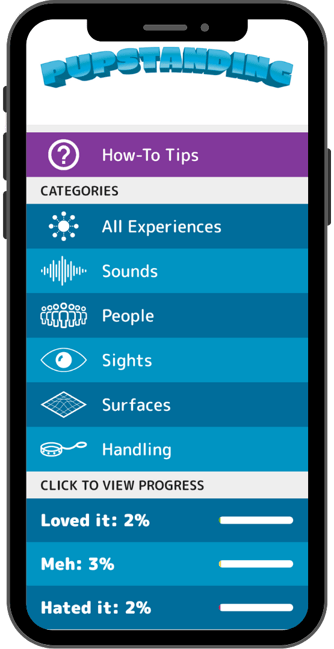
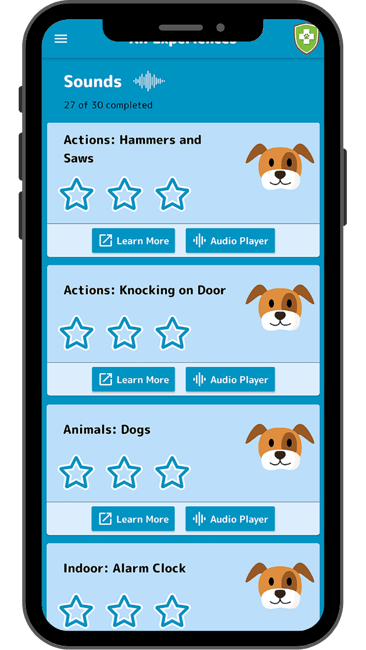
Visit the "How-To Tips" tab in the menu at any point for help in determining if your puppy's body language indicates stress and what you should do if you notice these signs. This section also includes more resources based on each category that your puppy might be struggling with.
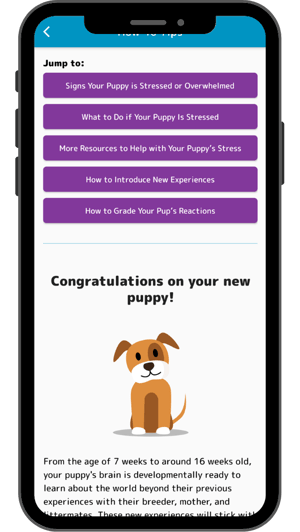
Start Introducing Your Puppy to Different Experiences
"Low and slow, short and sweet" is the best way to condition your puppy to new things.
Go slow and always give your dog the choice to walk away and add more distance from something if they show caution or fear. Pair these different experiences with things your dog loves, from high-value treats to praise and petting, or even playing with a favorite toy.
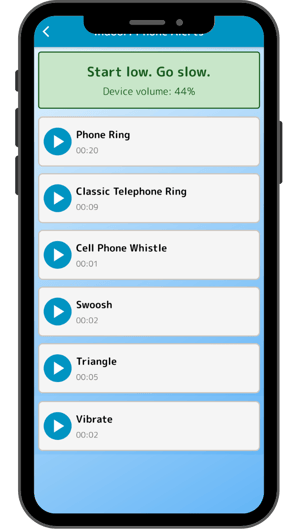
Introducing Sounds
Start playing new sounds at a very low volume and make sure your dog has positive experiences while the sound plays in the background — interactive toys and puzzles, short positive reinforcement training sessions, playing with a favorite tug toy, a snuggle session or tummy rub, or a stuffed Kong are all great options! As they become habituated to the sound at a low volume, slowly raise the volume over time.
Included in the sound section, we've included audio recordings you can play when practicing with your puppy. The app will tell you how loud your volume settings are before you hit play. Adjust the volume as needed so you don't startle your puppy.
Introducing Sights and People
When introducing your puppy to different sights or people, manage their distance from the item to make sure they stay comfortable and relaxed. Start with giving them a treat just for just looking at the new person or thing from a comfortable distance, then move on to giving them a treat for getting closer or interacting with it.
You don't want to bombard them with too much interaction too fast, as this can result in stress and anxiety due to overstimulation. For example, introduce your puppy to one dog-savvy child at a time rather than a larger group of children at once. Being surrounded by a new type of person can overwhelm your puppy rather quickly and create a negative association.
Introducing Surfaces
There will be lots of different surfaces your puppy will need to feel comfortable walking or standing on throughout their life. Never force your puppy to get up onto or walk over a new surface if they are showing fear or caution. Instead, give them a treat for any curiosity or exploration of the new surface. If they sniff at it or put a paw on it, reward with a treat and praise! Encourage your puppy as they get more comfortable walking onto the surface, and provide support for them as needed (especially for unstable or slippery surfaces). Go slow as they find their footing and become more confident.
Introducing Handling
Start easy when introducing your puppy to being touched and handled. Start with very light and short touches, followed immediately by a treat. As your puppy becomes more comfortable with being handled, you can begin to extend the duration of the touch. In some cases, such as when you're introducing nail clippers or a grooming brush, start with just showing your puppy the item and then giving a treat. You don't want to overwhelm your puppy by touching their nails with the clippers or combing out tangled fur the first time they see clippers or the brush. Start low and go slow!
Grade Your Puppy's Reaction
When going through this list, select one of the three "grades" for how your puppy reacted to the experience:
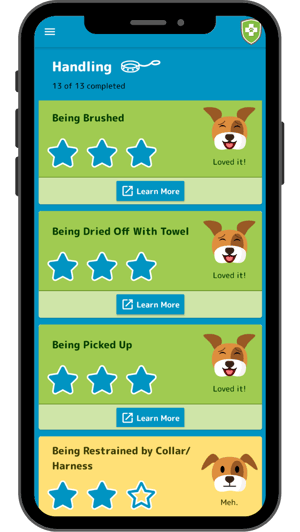
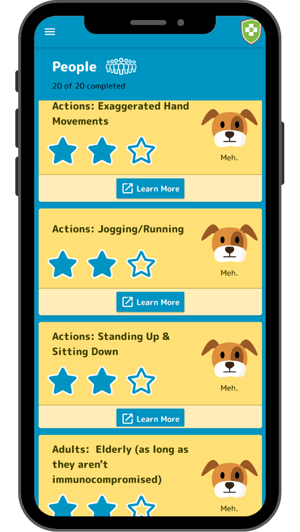
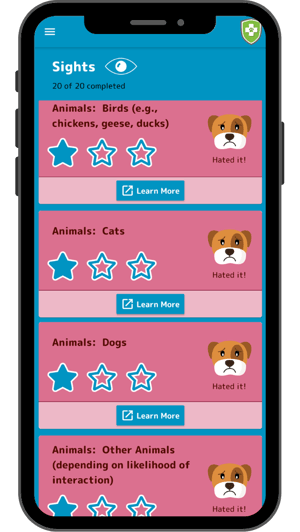
- "Loved it!" indicates that your puppy enjoyed the interaction, showed happy, and/or calm and relaxed body language, and would happily continue the interaction if allowed. For exposure to different sounds, "Loved it!" means that your dog doesn't startle or otherwise react to the noise with barking or stress signals, meaning they have become habituated to it.
- "Meh!" indicates that your puppy either didn't seem to care much about the interaction, or wasn't totally sure about it. You might notice some stress signals (such as yawning, lip licking, or submissive body posture) but they're still cautiously interested in approaching or interacting. You can work on moving from Meh! to Loved it! by adding some distance from the item/person and pairing with things your dog loves for a while, before slowly moving closer (or increasing the volume of sounds) as your puppy gets more comfortable.
- "Hated it!" indicates that your puppy did not enjoy the experience at all. They exhibited fear and stress signals, flight or fight responses (trying to run away, hiding, growling, barking, snarling, or biting). Do not expose your puppy to that item or experience again without proper management and support. You will need to use what is called "counter conditioning" for that particular list item and we suggest connecting with a certified positive reinforcement trainer to help you with the counter conditioning process.
If you want to learn more about how to evaluate your dog's body language, check out some great resources available at our Decoding Canine Body Language Resource Page.
Track Your Puppy's Progress
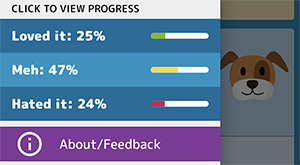 In the app's main menu, you can see how many items you've checked off and how many items are in each rating category. If you're noticing a lot of "Meh!" or "Hated It!" grades, focus on addressing those particular items in a systematic and positive way.
In the app's main menu, you can see how many items you've checked off and how many items are in each rating category. If you're noticing a lot of "Meh!" or "Hated It!" grades, focus on addressing those particular items in a systematic and positive way.
Connecting with a certified dog trainer can help you to tackle potential fears before they become a long-term issue for your puppy.
Socialization is about continued proactive exposure, so once you've checked off an item as "Loved it!" doesn't mean you shouldn't revisit that item again. Strengthen your puppy's socialization foundations by continuing their positive associations with familiar items throughout their imprint period and beyond!
Connect with Our Certified Professional Dog Trainer
If you're noticing a worrisome pattern in your puppy's grades, have questions about how to socialize your puppy the right way, or need tips for socializing while social distancing, sign up for our Socialization Foundations Workshop! Get unlimited access to in-depth socialization lessons, at-home socialization activities, videos, and more — all for only $9!


